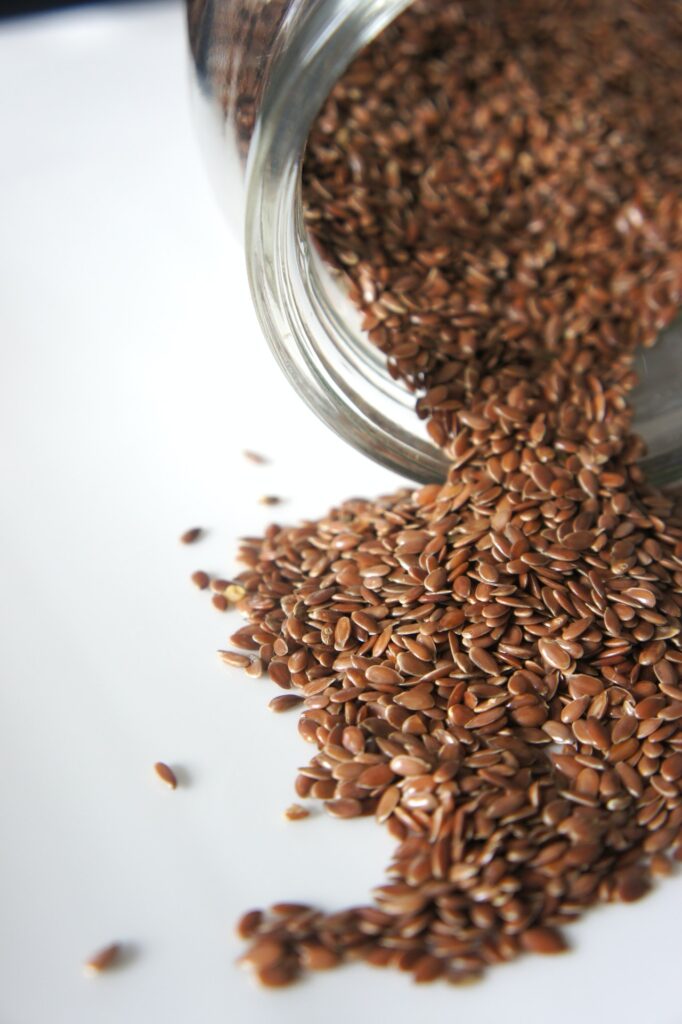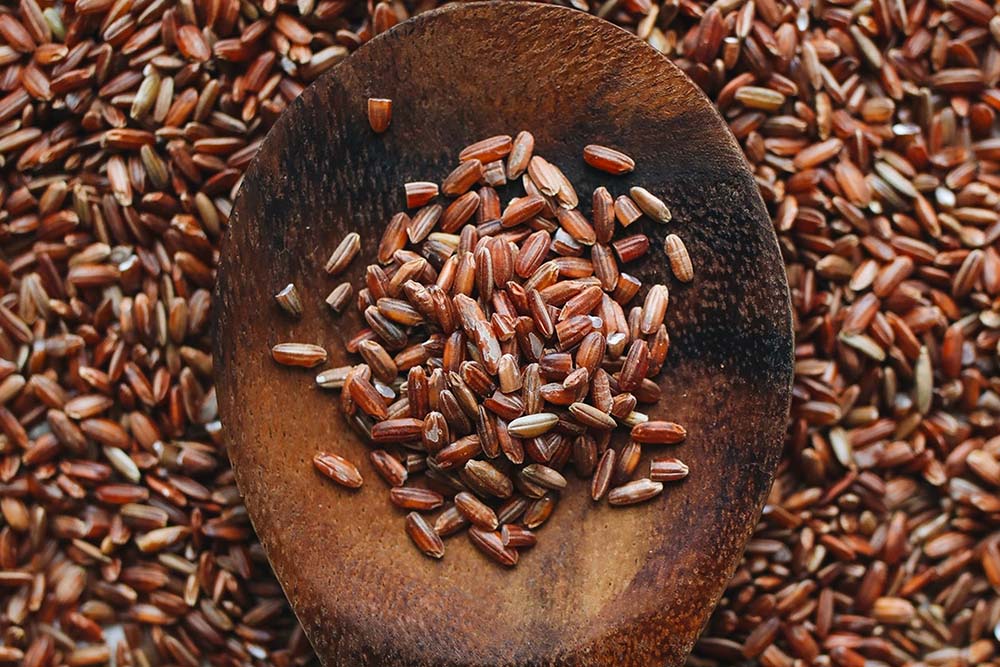We’re all told we need to eat more fibre by our doctors, health care providers and even our mothers but how much do we actually need and what role does is play in our pelvic floor health?
According to the government of Canada, Canadian women need 25 grams of fibre per day and men need 38 grams of fibre per day. Most Canadians are only getting about half that much.
https://www.canada.ca/en/health-canada/services/nutrients/fibre.html
At Durham Pelvic Health (https://www.durhampelvichealth.ca/ ), we educate our patients on the importance of both fibre AND water in their diet and how it affects their pelvic floor health.
Low fibre leads to constipation, straining and pelvic pain when you attempt a bowel movement. That can contribute to weakened pelvic floor muscles and eventually even fecal incontinence.
Adequate fibre intake helps with “crafting the perfect stool” according to our therapist Kate McCormick, who often recommends psyllium fibre to her patients. Psyllium helps with both constipation AND diarrhea and is considered adaptogenic in a way – even though that term is primarily associated with herbs & mushrooms. It simply means that it has the ability to adapt its function according to the specific needs of the body when paired with or without water.
When paired with water, (eg. mixing psyllium fibre with applesauce and then drinking a glass of water afterwards), helps with constipation but taking it on its own without the glass of water helps with diarrhea.
Proper bowel movements are important for detoxing the body too. (Here’s a chart showing what a proper stool should look like – we are always aiming for a type 4).

For women, proper bowel function helps to detox the excess, harmful estrogens in their bodies which helps in balancing hormones. And balancing hormones is especially important no matter what stage of life we are in; pregnancy, post partum, peri menopausal or menopausal.
For more on detoxing hormones visit: https://www.bridgitdanner.com/
So what can we do, besides succumb to eating bales of hay and pounds of prunes to get the required amount of fibre everyday?
Fibre can be found in:

- Fruits (fibre superstars are grapefruit, strawberries, apples, pears, raspberries and oranges)
- Legumes such as dried beans, lentils, peas, soybeans
- Nuts and seeds (fibre superstars are almonds and peanuts – which are technically a legume)
- Vegetables (fibre superstars are artichoke, brussel sprouts, corn-just make sure it’s non GMO, and green peas)
- Whole grains such as whole grain breads, cereals, crackers and pasta, brown rice, hulled barley, oats
BUT….it doesn’t need to be boring!! Check out these websites for some great high fibre recipes.
https://www.allrecipes.com/recipes/782/healthy-recipes/high-fiber/
https://www.cookinglight.com/food/recipe-finder/healthy-high-fiber-recipes-meals
https://www.foodnetwork.com/topics/high-fiber-recipes
http://www.eatingwell.com/article/289462/7-day-high-fiber-meal-plan-1200-calories/
If you’re looking for a quick morning recipe, this one comes from the Costco Connection magazine:
Two Minute Flax Meal in a Mug

1 egg
2 TBSP (30ml) milk or non-dairy milk
1 tsp (5ml) brown sugar
1 tsp (5ml) baking powder
½ tsp (2ml) cinnamon
¼ cup (60ml) milled(ground) flaxseed
1 TBSP (15ml) dried, fresh or frozen berries (optional)
1/2 tbsp of raw cacao powder if you want a chocolate one! (optional)
1 tsp of Maca powder to help with hormone balancing (optional)
Place all ingredients in a mug. Stir and microwave for 2 minutes. Add yogurt and fruit or coconut for toppings with a drizzle of raw honey.
Makes 1 serving
And as always, if you need any further detail or have any questions on the information in this article or about pelvic floor health in general, please don’t hesitate to call us!
Whitby Main Office (905)444-2282; Newcastle (905)987-4533








